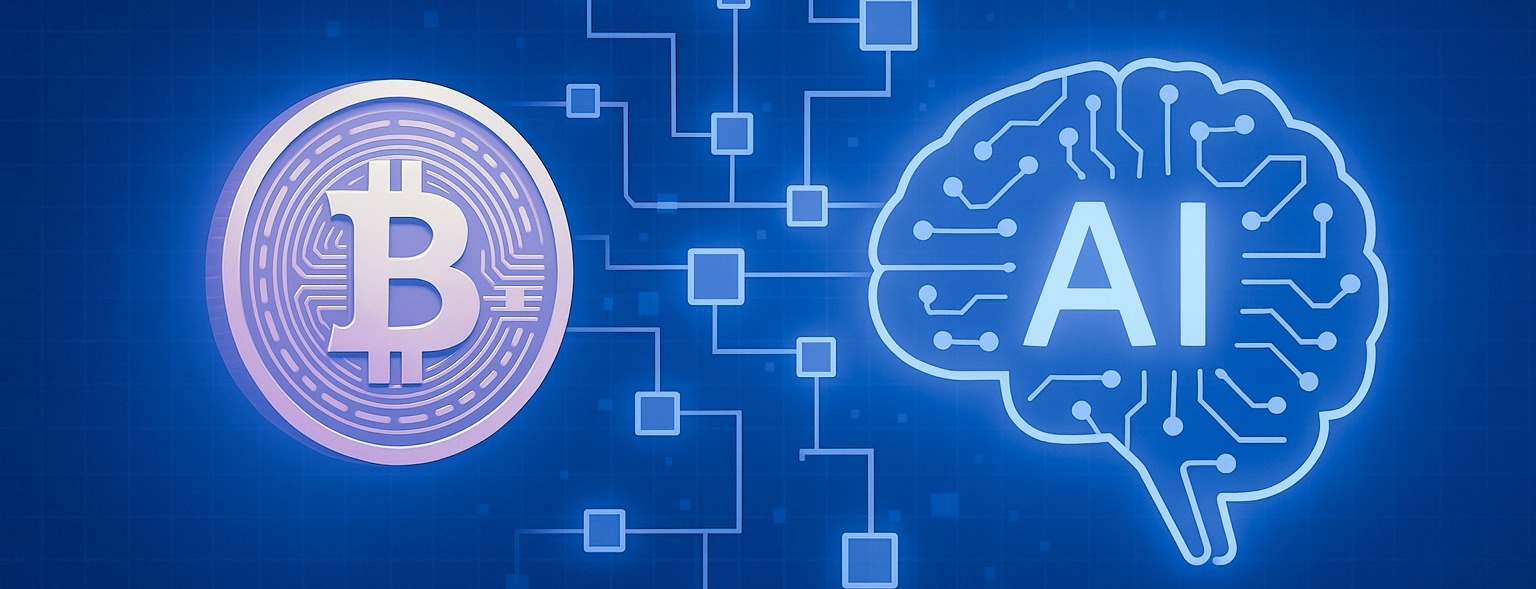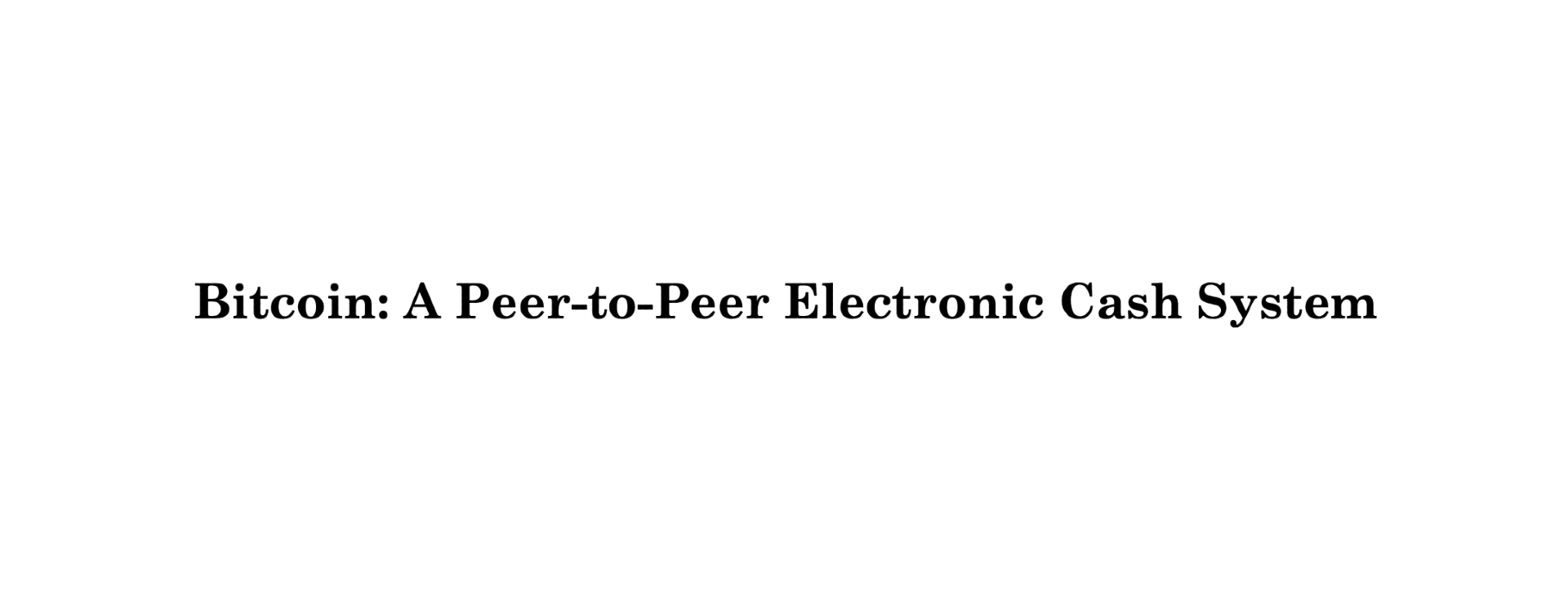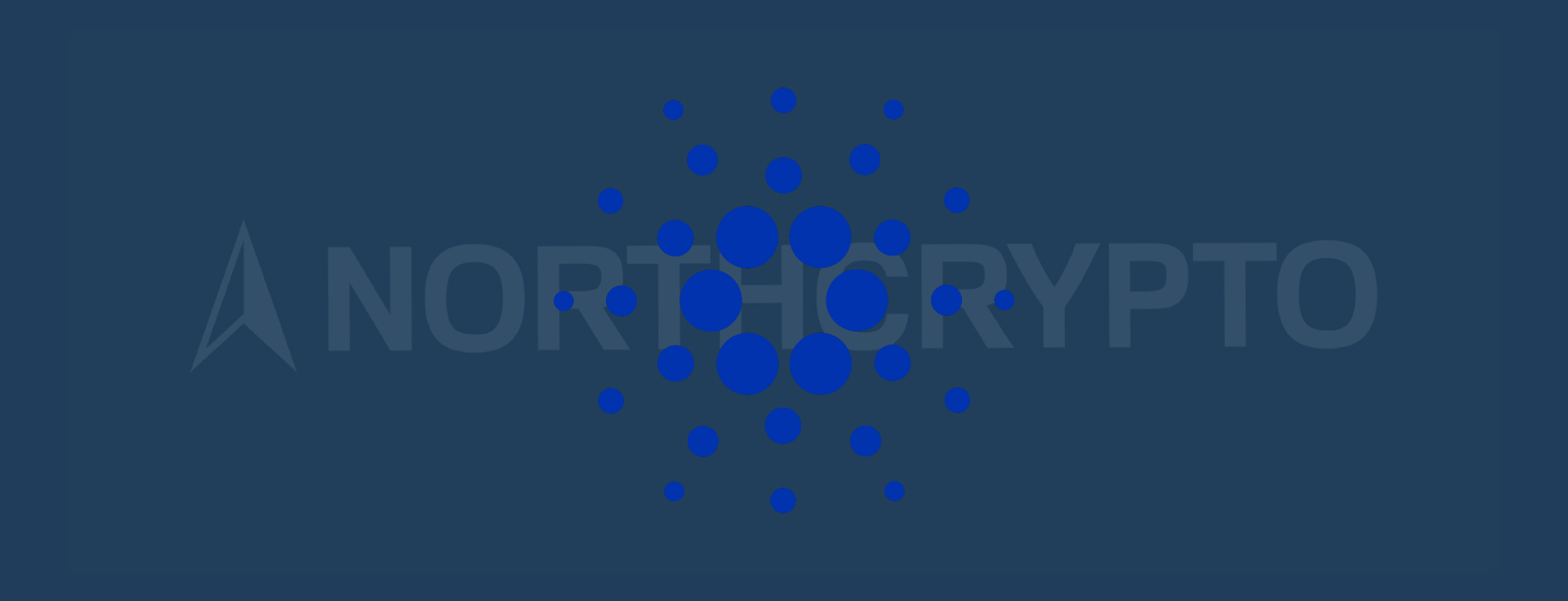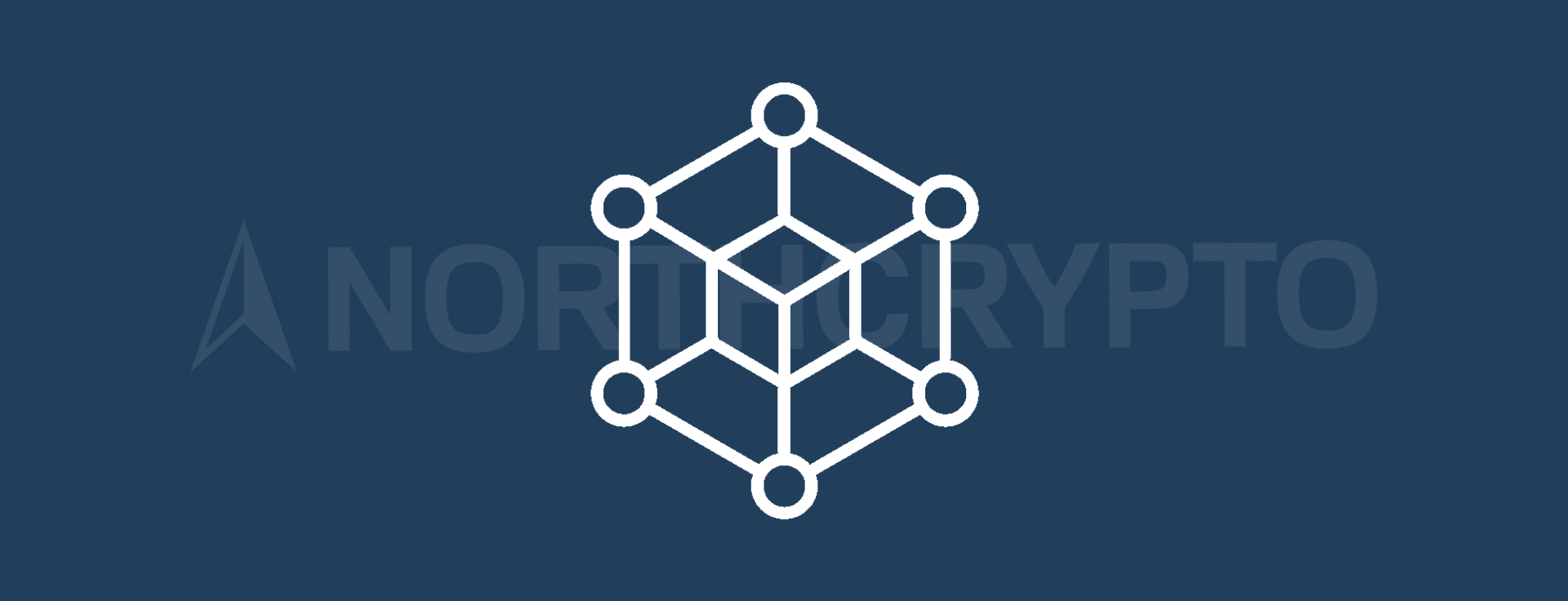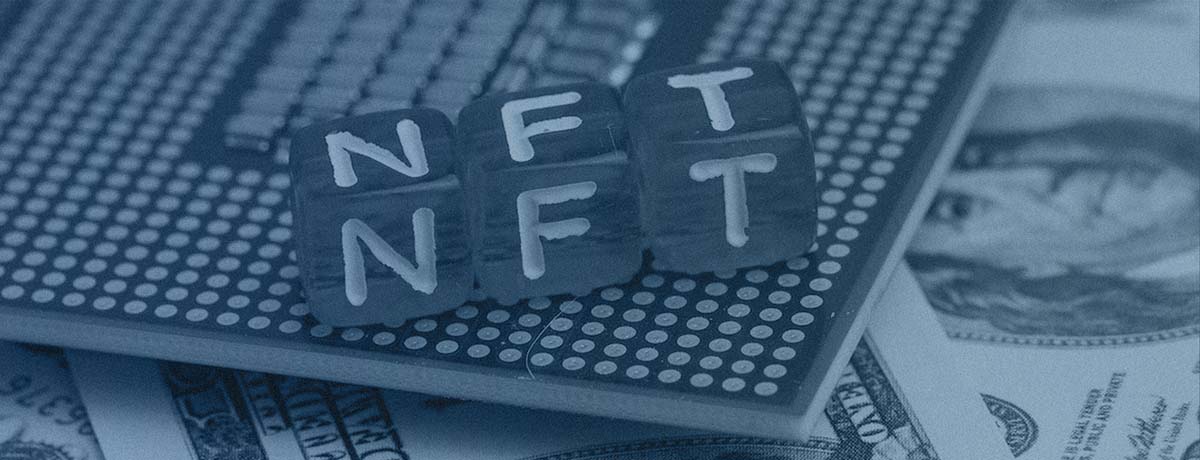
The NFT (non-fungible token) is one of the hottest topics in the cryptocurrency world right now. NFT is, in practice, a digital commodity on the blockchain. The NFT can represent any unique digital object imported to the blockchain. With the blockchain's help, it is possible to prove the ownership of NFT quickly and reliably. In the future, the opportunities offered by the NFT will be staggering, as it will allow almost any commodity to be brought on the blockchain. This text aims to tell the reader about the opportunities offered by the NFT and the technology behind it.
What is a blockchain?
Understanding the operation of the NFT requires an understanding of the working principle of the blockchain. So let's go through the basics of the blockchain next and then return to NFT.
A blockchain consists of separate interconnected blocks. In practice, the blockchain is thus the data in the chain. The blocks can contain any data that requires recording, such as the ownership rights of the NFT.
Blocks in a blockchain always contain a predetermined amount of data. This means that only a predetermined amount of data can be stored in one block of the blockchain. Once the blockchain's last block has collected as much data as it can hold, it is appended to the blockchain as a new block.
The blockchain provides an excellent way to secure ownership. In the case of NFT, the blockchain makes it possible to verify the ownership of NFT. The blockchain also allows the NFT to be transferred from one person to another quickly and effortlessly.
A blockchain allows different parties to create and maintain a variety of distributed and shared databases. It is possible to store any data in the blockchain desired to be stored reliably and securely.
Blockchain security is based on decentralization. Decentralization is implemented in the blockchain by sharing the information stored in the blockchain with the servers maintaining the blockchain, i.e., the nodes. The more nodes in the blockchain, the safer it is. The blockchain is based on the removal of centralized management. Instead of a single entity maintaining the network from its server, the blockchain management is decentralized to countless different administrators (nodes). If one node is turned off, it does not affect the data stored in the blockchain, as the other nodes continue to maintain the blockchain and process the data in any case.
It is also virtually impossible to falsify or edit afterward events stored in a blockchain. Indeed, those who use the blockchain can rely on the blockchain transactions' correctness, thus eliminating third parties' needs and other cumbersome trust-building processes. Unlike centralized systems, the information in the blockchain is also out of the reach of hackers.
What is NFT?
An NFT (non-fungible token) is a unique digital commodity created on a blockchain. NFT can be created from virtually any real-world commodity. The most typical NFTs are works of art imported into the blockchain and video games. In the future, however, the uses of the NFT will not be limited to these, and we will probably see that more and more commodities familiar from the real world will be imported in the form of the NFT onto the blockchain.
NFTs differ from traditional cryptocurrencies in their convertibility. Typically, cryptocurrencies can be divided into lower decimal places and do not need to be exchanged as a whole. The NFT, on the other hand, must always be changed as a whole, and it is not possible to divide it into smaller parts. The NFT derives its value from the digital asset it represents at any given time, in which case, for example, the value of a digital work of art is determined by what people are willing to pay for that work.
NFTs make it possible to create scarcity in the digital world. Before digital ownership was enabled by the NFT, it was possible to copy almost anything in digital form. The NFT is always located in the blockchain, which means that NFTs ownership can also be easily verified and transferred.
NFT is the hottest phenomenon in the world of cryptocurrencies at the moment. With the growing popularity of the NFTs, various marketplaces have also started to develop around it. The best-known NFT marketplaces are OpenSea and LooksRare. In these trading venues, anyone can put the NFT they own for sale, and it is possible to get the price determined by the market for it at any given time.
The digital art market has developed at a tremendous pace recently. Today, various digital NFT works have value in the same way as traditional works of art. The value development of NFTs has been enormous lately, and even astronomical sums have been paid for the most valuable pieces. An excellent example of the growing appreciation of NFTs is a digital artwork by American artist Beeple called EVERYDAYS: THE FIRST 5000 DAYS, which sold for $ 69 million. Without NFT technology, digital artworks could not have a similar value. In NFT-based artworks, blockchain technology is always used to prove and transfer ownership.
The infrastructure developed around the NFT is constantly expanding. Recently, features familiar from DeFi services have also begun to develop around the NFT market. Soon, for example, the NFT may be used as collateral for a loan in various services. Different, more complex investment products, such as indexes, are also being built around NFTs rapidly, making it possible to invest in NFTs even without acquiring individual NFTs.
Although the uses of NFTs are currently focused mainly on works of art and games. In practice, NFT allows the tokenization of any commodity known from the real world. Shortly, we will probably see how, for example, the housing market will be transferred to the blockchain with the help of NFTs. In the future, we are likely to see how an increasing proportion of commodities familiar in our daily lives can be tokenized as NFTs and brought to the blockchain.
Mikko Soon
Cryptocurrency specialist
Last updated: 09.02.2023 11:15
